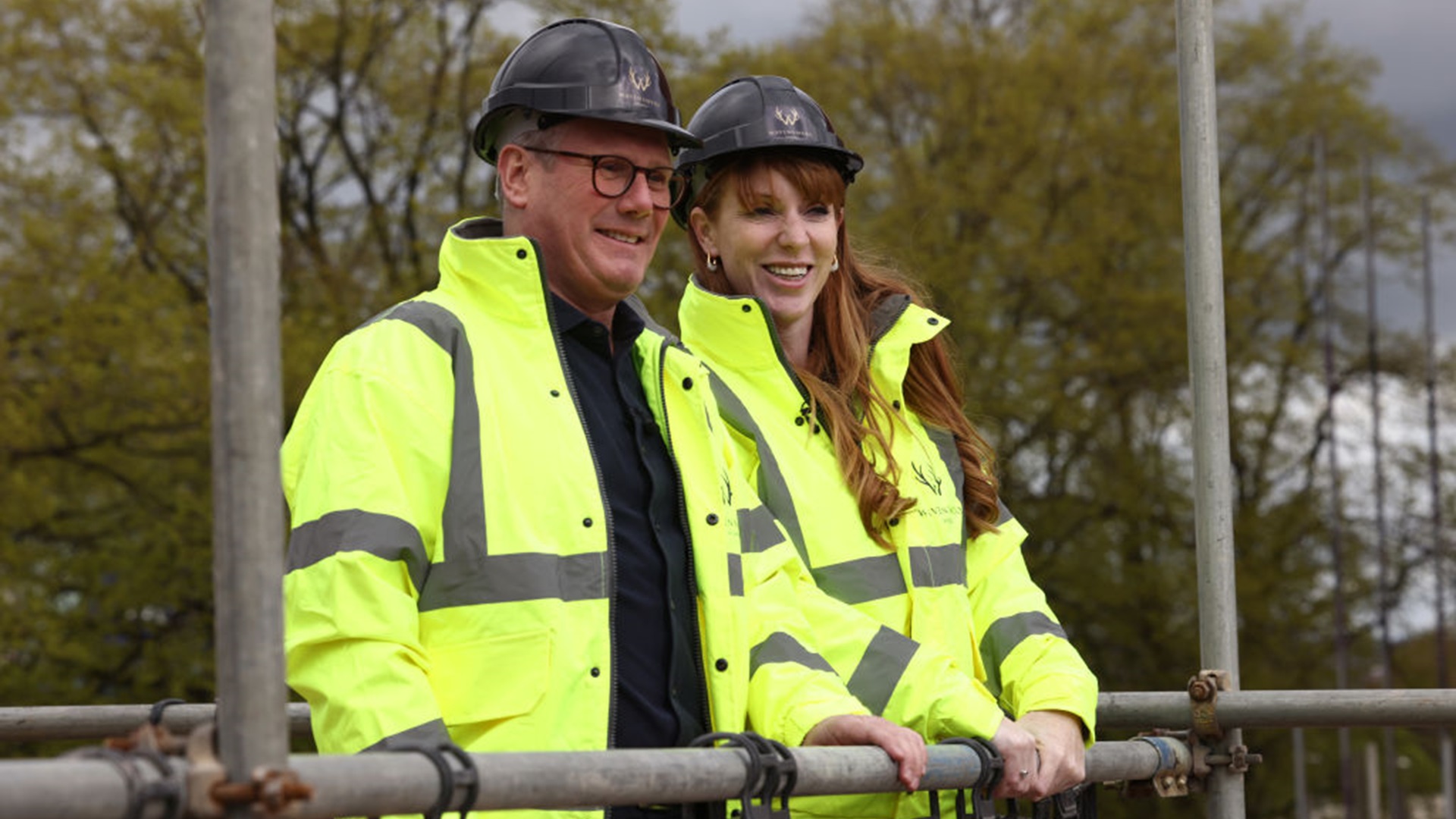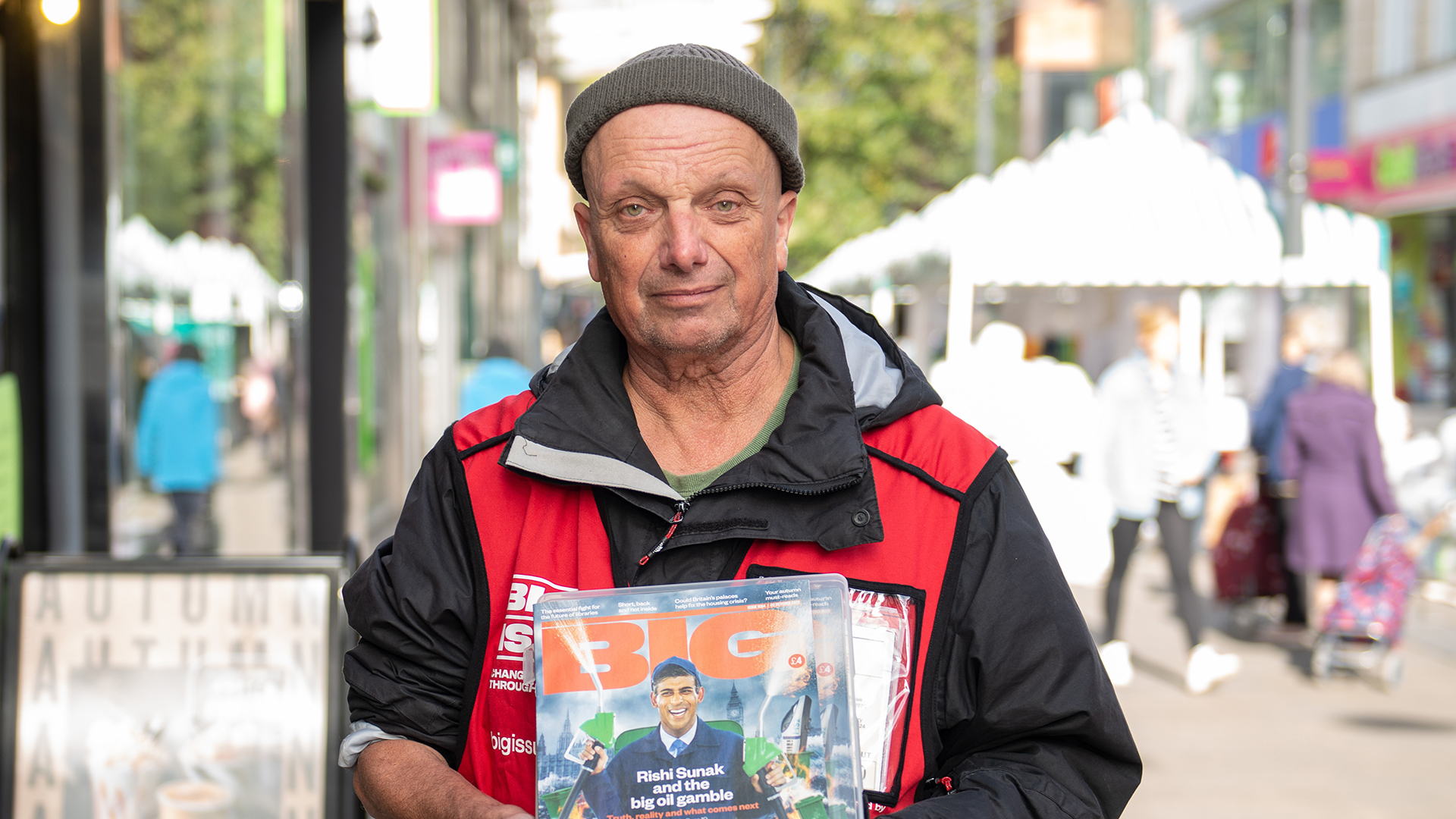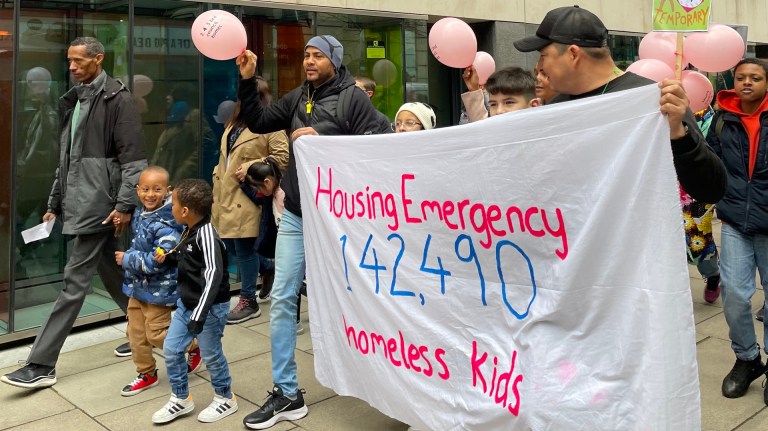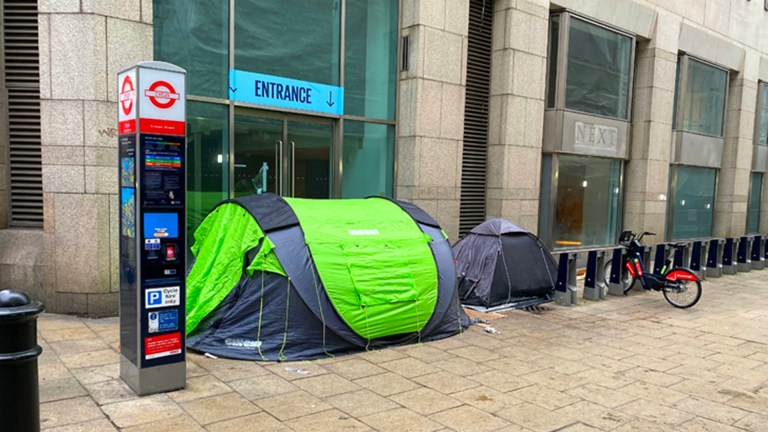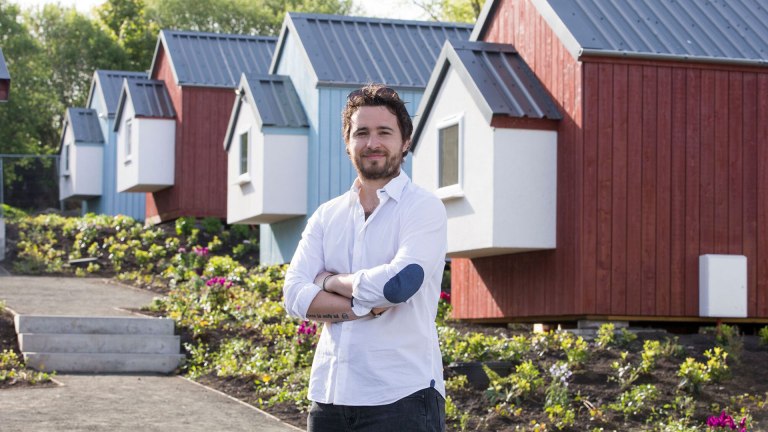“We’ll prioritise ugly, disused grey belt land, and set tough new conditions for releasing that land. Our golden rules will also ensure any grey belt development delivers affordable homes, new infrastructure and improved green spaces.
“We will get tough on the blockers to back hard-working aspirational Brits, deliver the homes and local services that communities deserve, all while protecting access to genuine green space.”
Starmer laid out five golden rules for grey-belt housebuilding in a bid to convince voters to back Labour at this year’s general election.
That involves targeting brownfield land that has already been developed for building first before moving to the grey belt.
Under the plans, planners will be able to seek out disused land – like “wasteland and old car parks” as Starmer put it – on the green belt to build new homes.
The party also pledged that plans must target at least 50% affordable housing delivery when land is released and boost public services with more school places, health centres and GP appointments.
Labour also ruled out building on nature spots and said plans must also show improvements to existing green spaces.
The party accused the Tories of creating a “wild west” of green belt development and claimed planning applications received and granted dropped to the lowest level on record.
The most recent government statistics show 68,900 planning applications were granted between October and December 2023 in England, down 13% on the same quarter a year earlier.
In response, Conservative Party chairman Richard Holden accused Labour of “ignoring concerns of local people” and of trying to distract from the controversy over Angela Rayner’s council tax fraud accusations.
Rayner said grey belt land should “not be off limits while local people are kept off the housing ladder”.
Labour’s plans have earned praise from housebuilders.
Kate Henderson, chief executive of the National Housing Federation, said she strongly supports plans to build on the grey belt and called for a properly funded long-term plan for housing.
“Building on brownfield land alone will not deliver enough homes to solve this crisis, so it’s right to consider how our approach to the green belt can better serve our country and our communities,” she added.
Richard Beresford, chief executive of the National Federation of Builders, said the golden rules would “ensure greenspace loss is mitigated” and “it’s a win for all parties”.
Meanwhile, Gavin Smart, who leads Chartered Institute of Housing, said: “A focus on 50% of new development on these sites being affordable housing is exactly the right approach and could represent an important contribution to a long-term plan to tackle our national housing crisis.”
Think tank Centre for Cities estimates the UK would need to build 442,000 homes per year over the next 25 years or 654,000 per year over the next decade in England alone to tackle the UK’s shortage of 4.3 million homes.
Andrew Carter, chief executive of Centre for Cities, said very little green belt release is needed to deliver homes for millions of people, arguing 2% of the green belt could result in 2.1 million suburban homes around train stations.
“The next government cannot expect to see the drastic increase in housebuilding we need without building on all appropriate space – whether it’s brownfield or greenfield. For the next government to be willing to build on the green belt will be a test of its seriousness about tackling the housing crisis,” said Carter.
Dr Tom Kerridge, policy and research manager at youth homelessness charity Centrepoint, said what is built is just as important as where and called for 90,000 new social homes every year, including 40,000 one-bedroom properties for homeless young people.
“For the first time in a generation or more we’re heading into an election which could be defined by housing and homelessness,” said Dr Kerridge. “This crisis of skyrocketing rents and increased rough sleeping is a huge concern for the voting public, so it’s important political parties across the spectrum respond.”
Do you have a story to tell or opinions to share about this? We want to hear from you. Get in touch and tell us more.
